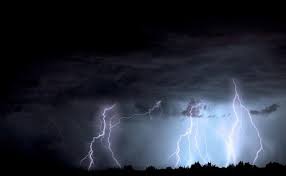 Congress eliminated the personal casualty loss deduction with the passage of the tax law last December unless the taxpayer’s loss is in a federally declared disaster. Taxpayers will no longer get tax relief through tax refunds generated by loss deductions. So it is essential that you check your property insurance coverage to ensure your property is adequately insured.
Congress eliminated the personal casualty loss deduction with the passage of the tax law last December unless the taxpayer’s loss is in a federally declared disaster. Taxpayers will no longer get tax relief through tax refunds generated by loss deductions. So it is essential that you check your property insurance coverage to ensure your property is adequately insured.
Here are a few examples of personal casualty losses:
- Your house burns down
- You total your car in a wreck
- A windstorm damages your trees and fence
Usually, the amount of the loss is what you paid for the property or the decline in the property’s value (whichever is less). The loss amount is reduced by the amount of insurance received.
Deduct losses sustained in a federally declared disaster in the year the damage occurred. However, deduct casualty losses suffered in a federally declared disaster area in the year of the casualty, or you can make an election to deduct the casualty loss in the previous calendar year. Note that federally declared disasters are not the same as federally declared disaster areas. The IRS will send your refund faster if your loss occurs in a disaster area and you make the prior-year election. Different rules may apply for state income taxes.
Call us at (323) 285-9880 if you have any questions about the personal casualty loss deduction.
Disclaimer: Tax laws are complicated, and your taxes are unique to you. A law favorable to you may not be beneficial to the next person because the facts and circumstances are different. Our emails are very broad and do not provide specific tax advice to you for which you can use for tax planning purposes. Therefore, we highly recommend you contact us before taking any action concerning the content of this email.
